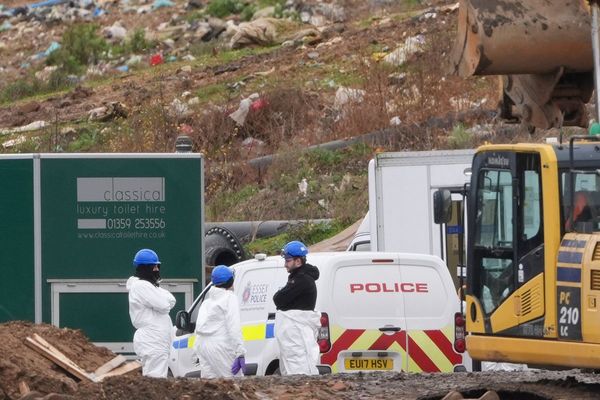
Scotland may conduct an annual airborne laser scan of the country’s landscapes to monitor the health of its forest, peatlands and natural ecosystems, the Guardian can reveal.
The Scottish government is weighing up the benefits of annual 3D imaging flights to provide regular data on nature restoration across the temperate rainforests of the west coast to the peaks of the Cairngorms, akin to an annual CT scan for biodiversity.
The laser scans – known as lidar (light detection and ranging) – would generate a three-dimensional map of Scotland every year. The data could be used to assess progress on climate and biodiversity targets, provide higher quality data for its carbon market by monitoring changes in forests and peatlands, and study how ecosystems change as the world warms.
In a statement, a Scottish government spokesperson said: “We are currently exploring the potential for a national natural asset scan through the repeated collection and delivery of high-resolution laser scanning (lidar) and photo imaging of Scotland’s land surface.
“A pilot study over a single Scottish region is being considered as an opportunity to evaluate the information content of lidar-imagery data, and the appetite for its use across government.”
Despite billions of pounds dedicated to nature restoration for climate and biodiversity across the globe, monitoring often relies on measurement techniques that are decades old. Lidar technology has been shown to provide accurate assessments on a landscape scale.

“From my viewpoint, any plan to monitor habitat change on a large scale is fantastic,” said Philippa Gullett, a project scientist at Cairngorms Connect, a nature restoration scheme in the national park. “It’s crucially needed if we’re truly trying to bring about positive change for the environment. We need to make sure that whatever we are doing [to restore nature] is actually working.”
UCLA professor Sassan Saatchi, a global carbon cycle monitoring expert with Nasa, said the lidar scans – which would involve planes equipped with the scanning equipment flying across the country – would help build a more accurate image of Scotland’s ecosystems. The technology is already being used on a large scale in Norway, Sweden and the US.
“Lidar is probably considered a gold standard for measuring the structure of a forest. Lasers measure the tree height and the density of the trees. That can be used as a proxy for the size of those trees that you measure on the ground and you can calibrate this with the forest data on the ground,” he said, explaining it would help Scotland’s carbon market, which is used to fund nature restoration.
“In order for this market to become successful you need to know the commodity that you’re selling. The forest carbon measurements need to be extremely accurate. It’s like barrels of oil that you sell in the oil market. You need to make sure they are accurate because there is a cost associated with it,” he said.
Yadvinder Singh Malhi, a professor of ecosystem science at the University of Oxford, said the scans would enable more scientific study of Scotland’s ecosystems. “Lidar enables detailed assessment of forest structure and much better estimation of biomass carbon stocks at the scale of landscapes. But most lidar surveys to date are local ad hoc research projects or commercial surveys. To understand if whole nations are delivering on their nature recovery and carbon-sequestration ambitions, we need something much more ambitious in scale.
“If Scotland goes ahead with regular national lidar surveys, it would really be leading the way internationally in providing standardised and routine quantification of the vegetation biomass of the whole nation, along with additional information such as on the health of its peatlands,” he said.
Find more age of extinction coverage here, and follow biodiversity reporters Phoebe Weston and Patrick Greenfield on Twitter for all the latest news and features







